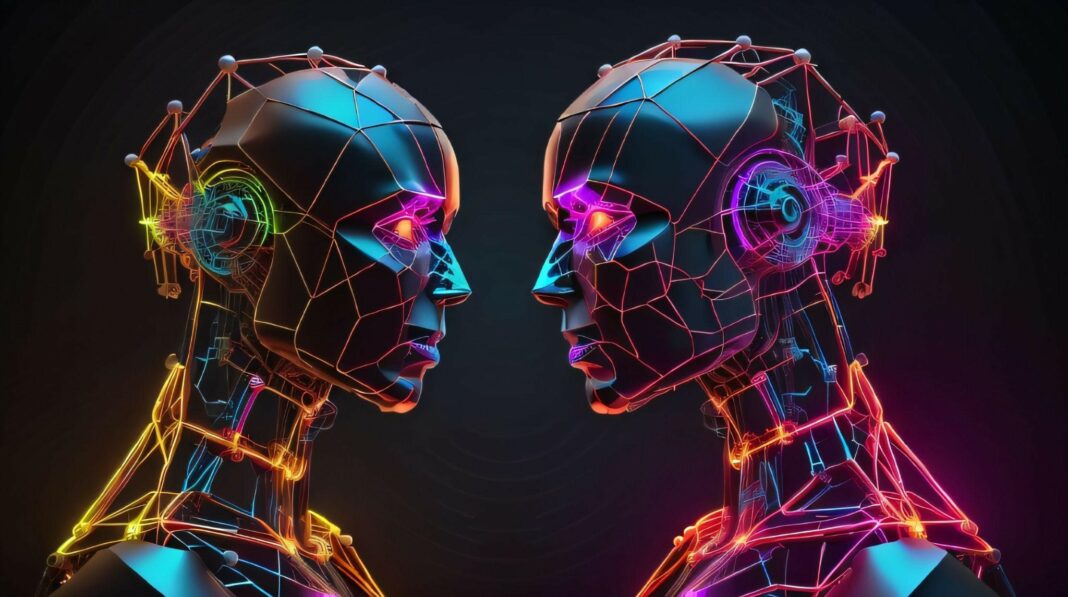Decoding Generative AI and Predictive AI: Understanding the Differences and Use Cases
In the realm of artificial intelligence (AI), two prominent branches have emerged: Generative AI and Predictive AI. While both play crucial roles in advancing AI capabilities, they serve distinct purposes and offer unique applications. In this article, we delve into the nuances of Generative AI and Predictive AI, unraveling their differences and exploring their respective use cases.
What is Generative AI?

Generative AI focuses on the creation of new content, such as images, text, music, and even entire virtual worlds, from scratch. At the core of Generative AI are sophisticated algorithms and neural network architectures that can generate realistic and novel outputs. Some Companies offer Generative AI development services, helping businesses harness the power of AI-generated content.
Use Cases of Generative AI
Generative AI finds applications across various domains:
- Art and Creativity: Artists and designers leverage Generative AI to create unique artworks, generate music compositions, and explore innovative design concepts.
- Content Generation: In media and entertainment, Generative AI is used to generate realistic scenes for movies, create virtual environments for games, and produce synthetic data for training AI models.
- Healthcare: Generative AI aids in medical imaging by generating high-resolution images for diagnosis and treatment planning.
- Text and Language Generation: Natural Language Processing (NLP) models powered by Generative AI can generate human-like text, enhance chatbot interactions, and automate content creation.
Related Read – Generative AI in Customer Operation and Marketing
What is Predictive AI?

While, on the other hand, Predictive AI involves the identification of different data patterns and the making of a prediction or a recommendation based on such data historical analysis. It is the process by which organizations create forecasting models through the use of machine learning algorithms that are capable of predicting future outcomes, categorizing data into predetermined variables, and refining decision-making processes.
Some of the applications of using predictive AI are as follows:
Predictive AI is widely applied in various industries:
- Financial Forecasting: Many banks and other financially related companies employ Predictive AI to analyze potential markets and for fraud detection apart from providing recommendations.
- Healthcare Diagnostics: Healthcare AI solutions help to diagnose diseases, estimate outcomes, and choose individual treatment strategies supporting the whole process by patient data.
- Customer Analytics: Small enterprises use Predictive AI to assess customer needs, classify buyers, or forecast their buying patterns for marketing strategies.
- Supply Chain Optimization: AI improves supply chain relations by estimating the quantities required in the future and reducing the time needed for transportation and stocking.
Contrasting Generative AI and Predictive AI
While Generative AI focuses on creativity and content generation, Predictive AI emphasizes data analysis and forecasting. Generative AI is about creating something new, while Predictive AI is about predicting something based on existing data. Generative AI thrives on imagination and innovation, while Predictive AI thrives on data patterns and predictive insights.
In conclusion, they are complementary yet distinct approaches in the AI landscape. Generative AI fuels creativity and novelty, while Predictive AI enables informed decision-making and optimization. Understanding their differences and applications is essential for harnessing their full potential driving AI-driven innovation across industries and providing Gen AI services and solutions.
